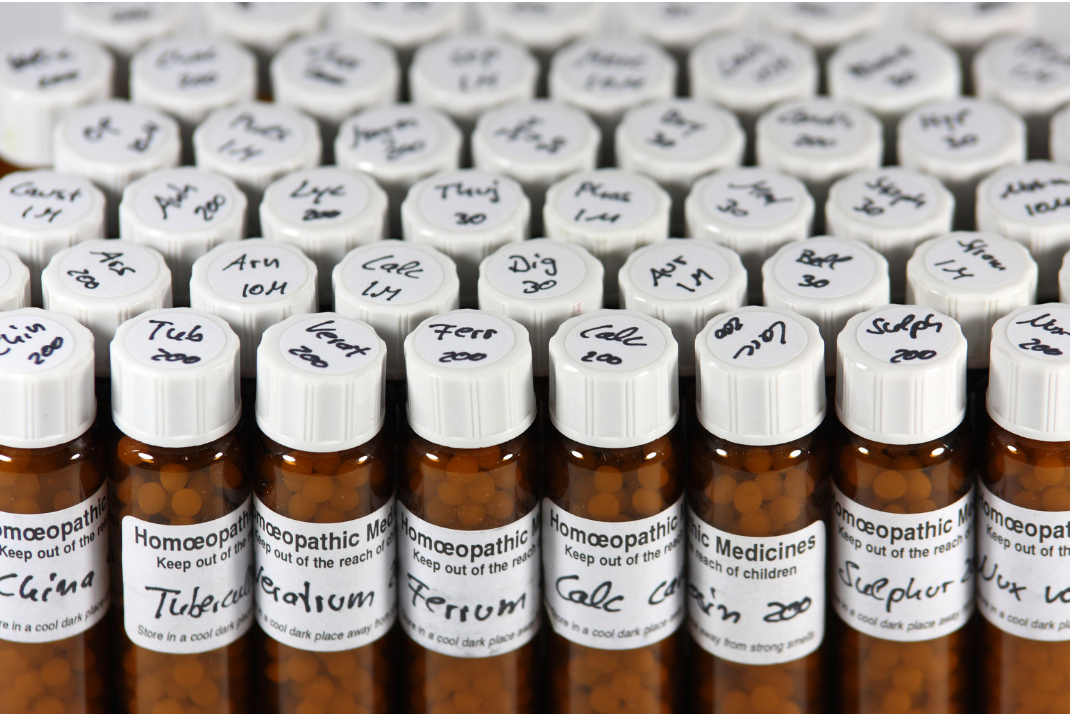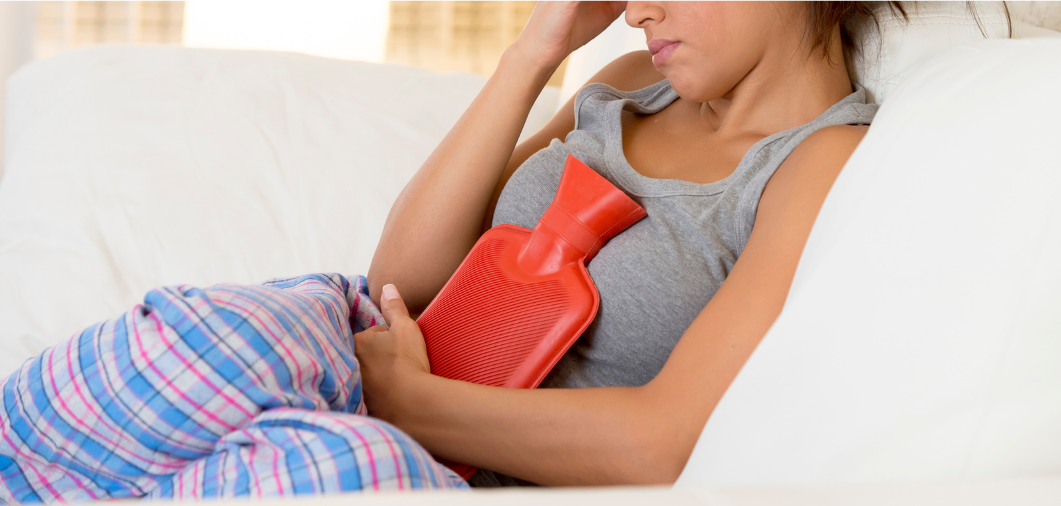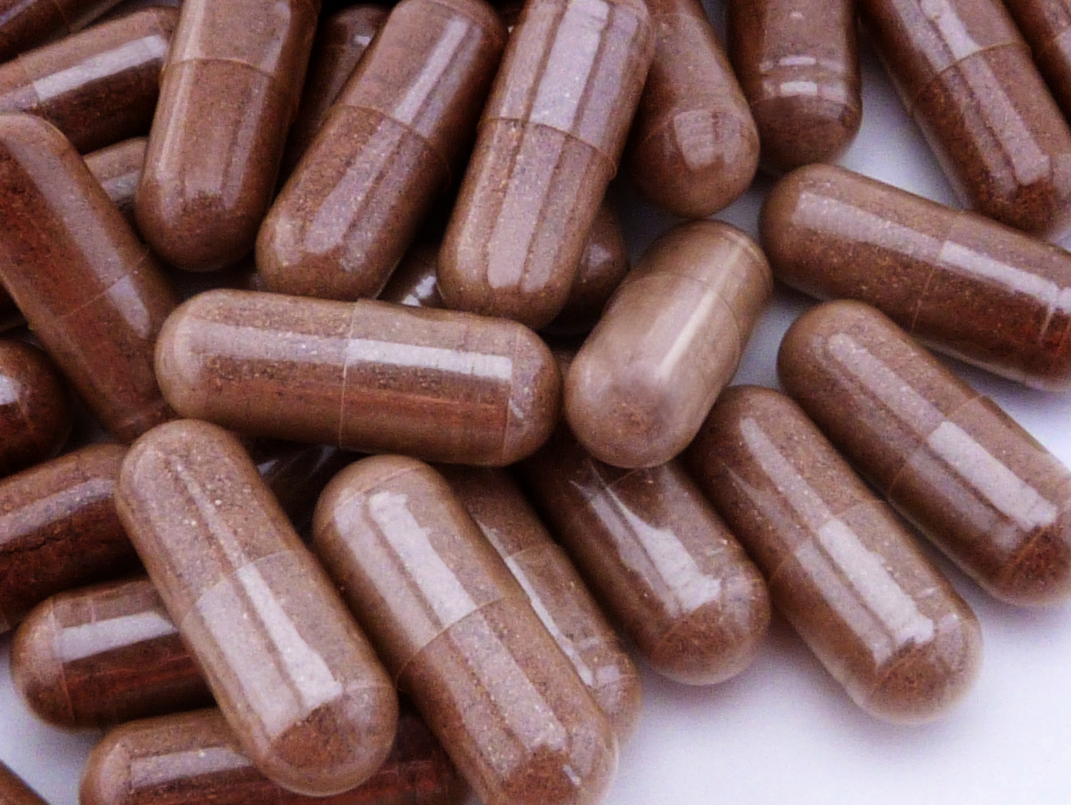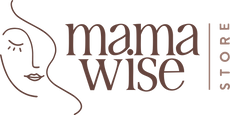Postpartum is often a beautiful mess. There is a great deal happening in a new mum's body as she transitions from pregnancy to postpartum.
A centre piece to this are the changes happening to the amazing uterus.
I'm always surprised to learn that many women only truly find out about things such after pains and lochia, when they are literally experiencing them after the birth.
No matter how baby comes into the world (vaginally or caesarean) all mamas experience these after the birth.
If you're keen to take more of a natural approach in managing the after pains part, then this is for you.
So here's a little run down on what happens and why. Because knowing whats happening in the body and what to expect, allows you to prepare!
The uterus
1. After Pains
After pains catch many mums by surprise. They get through the labour and celebrate that they are D-O-N-E with contractions. But the finish line can be a little deceiving.
The uterus still has a bit of work to do - very important work at that.
You do get a breather though.
If you're having a natural third stage of labour (no hormone injection for placenta delivery) this could be a good 30-60 minutes worth of space and time. Here you can marvel at baby and regroup body and mind.
Otherwise, the hormone injection will result in your placenta being birthed within about 10 minutes of your baby.
Then the job of involution begins. Because after your baby and placenta have both vacated the uterus, it needs to literally adjust to the void remaining.
It begins to work at contracting back down slowly to pre-pregnancy size. This is called involution...ie. "the shrinkage of an organ in old age or when inactive, e.g. the uterus after childbirth."
The hormone oxytocin continues to be released after the birth of the placenta. This causes strong and intermittent contractions of the uterus. These are known as after pains, or involution pains.
These help the uterine cavity collapse and the uterine walls realign in apposition to each other.
At the same time, the bleeding from the placenta site is curbed as a result of these changes. It's impressive engineering.
After pains begin around 12 hours after the birth and are strongest within the first 24-36 hours.
They typically continue for the first 72 hours, but may linger a little for up to 5-7 days for some.
For mums having their first baby, they often feel like menstrual cramping and can be described as dull pains, crampy and sporadic. For mums having a subsequent baby they are often a lot stronger.
They will always increase in intensity during breastfeeding as the oxytocin surges at this time. Remember this is the hormone responsible for uterine contractions. Most mums will notice an increase in their blood/lochia loss during a breastfeed or soon afterwards, particularly in the early days. This is a normal response to this dynamic and another clever design - the baby feeding at the breast helps the mother's body recover from the birth.
For mums having a subsequent baby, these after pains can be very intense and similar to the severity of labour pains 😟
They typically increase in their intensity after each baby. It's like the uterus has to up the ante a little to get the same results of involution.
⚠️ If pains are very severe, accompanied by fever and/or foul smelling discharge check in with your care provider as it may indicate clots/retained tissue or uterine infection.
2. Decreasing in size

After about 10 days it should have repositioned itself back into the pelvic cavity, so cannot be felt abdominally. The weight of the uterus also decreases from 1kg to about 350gms in the first 2 weeks after birth.
It then continues to shrink at a slower rate over the next 4 weeks or so, returning to its original weight of just 60-80gms! That's a 95% decrease in size over the first 6 weeks!
Whilst this is happening, the layers of the uterus are also reorganising themselves. The myometrium (muscular layer of the uterus) is reducing in size and the endometrium (the tissue lining of the uterus) starts to undergo regeneration.
After the first pregnancy some fibrous and elastic tissue remains within the uterus, and increasing amounts may remain following further pregnancies. This is why the uterus never fully returns fully to the pre-pregnant state.
3. Blood/lochia loss
As a result of the changes to the tissue lining of the uterus, mothers will experience lochia for the first 2-6 weeks following the birth.
A total of 150-400ml of lochia can be lost over this postpartum period.
The colour of it changes over time but should follow a typical route of red/brown lochia, then pinky/white. Some women notice this change, some don't.
The initial loss is similar to a heavy menstrual loss. This red lochia (lochia rubra) contains mainly blood and small clotty tissue and lasts about 1 week.
When microscopically examined, this loss may contain any or all of the following: tissue from the placental site, shreds of membranes (amnion and chorion), red and white blood cells, epithelial cells, vernix (the waxy, waterproof coating on baby's skin), lanugo (the fine downy hair from baby's body) and meconium (baby's first poo)! Fascinating!
During the second and third weeks the discharge tends to change to a pinkish-brown colour. This is known as pink lochia (lochia serosa).
Pink lochia often contains blood, mucus, red and white blood cells, microorganisms and superficial endometrial cells.
Following this is white lochia (lochia alba), a whitish-yellow discharge. This continues until 2-6 weeks postpartum.
Tips for easing after pains
✦ BREASTFEED ON DEMAND - this helps the involution process so take advantage of it to get the job done quickly and efficiently.
✦ HERBAL MEDICINE - herbs with antispasmodic, uterotonic and relaxant actions target the smooth muscle of the uterus.
These include Cramp bark, Black Haw, Raspberry leaf, Lemon Balm*, Motherwort and Chamomile.
These may be taken as a herbal tincture/extract or capsules and are all safe in breastfeeding when taken as directed.
If taking the herbal extract, it's best to begin straight after the birth. You'll experience cramping soon after/while baby is feeding and remember they'll build in intensity over the first 24-36 hours. So staying ahead of them is a good idea.
The actions of these herbs are important as uterine laxity might actually exacerbate the contractions as the uterus tries to involute. The herbs facilitate the physiological process while providing relief of cramping and possibly some mild analgesic relief from Cramp bark and Black Haw.

Simple herbal teas made with dried Chamomile and Catnip have empirically been shown to be effective. When combined with Cramp bark and Black Haw as herbal extracts, a synergistic effect is noted for mild to moderate uterine cramping.
* This clinical study involving 110 women showed capsules of Lemon Balm (Melissa officinalis) to have a significant difference in pain relief for postnatal after pains compared to a NSAID medication over the first week postpartum.
For any herbal tea blend, simply add 1-2 heaped teaspoons to a large mug of boiling water and let steep for at least 20 minutes. You can also make up a larger batch in a plunger or tea pot. Then it can infuse for longer and you simply pour out a serve as you need. Aim to drink a mug size every 2-3 hours, perhaps during or after every breastfeed.
A traditional and popular Chinese herbal formula is Sheng Hua Tang (SHT). About 80% of women throughout China and Taiwan take this formula during the confinement month after birth.
According to Traditional Chinese Medicine (TCM) theories, the body is believed to be in a 'cold' and weakened Qi state after birth. SHT it thought to encourage uterine contractions, dispel remaining placental blood and help the uterus involute.
A longitudinal birth cohort follow-up study involving 24,200 pairs (postpartum women and newborns) concluded:
"Sheng-Hua-Tang use during the first month of the postpartum period may have a positive effect on women’s health-related quality of life especially in terms of role limitations due to physical health and emotional problems."
Studies from the China Medical University Hospital show that “Sheng Hua Tang positively correlated with the degree of uterine involution after delivery...”.
I recommend consulting a TCM practitioner to access a reputable source of this herbal formula.

It can also be made into a soup; known as Sheng Hua Soup. There are various recipes of this available online.
✦ NOURISHMENT - This includes wholesome, nutrient-dense meals, regular and healthy fluid intake, rest, peace and quiet, baby bubble time, skin to skin and sleep. Things that often fall short in hospitals sadly.
Often the peak of afterpains coincide with visiting hours, and the expectation of being social. Or they coincide with returning home from hospital with baby. Although these are often positive things, they can be stressful and disturbing to a brand new mum recovering from labour, birth, little sleep, little food, medications, hormonal hurricanes, and after pain contractions 😣
✦ HOMEOPATHY - Great remedies include Arnica, Bellis Perennis, Chamomilla, Caulophyllum, Cimicifuga, Sepia and Sulphur. Consider consulting a homeopath whilst still pregnant for greater remedy accuracy.

✦ TENS MACHINE - if you've used this for labour consider using it for afterpains also. One study showed that high-frequency transcutaneous electric nerve stimulation (TENS) was 'successful in reducing pain and discomfort of postpartum uterine contractions'.
✦ HEAT PACK - using a wheatpack/heat pack over your lower abdomen may help, just as you would for period paid. Be sure to position baby away from the heat pack if breastfeeding whilst using it. Do not use this if you're taking strong pain medication.

✦ EMPTY YOUR BLADDER REGULARLY - your body after birth has a tonne of extra fluid to flush out over the first week or so. As a result you're likely to sweat profusely at times and need to urinate frequently.
A full bladder and an involuting uterus aren't a great match. So be sure to make plenty of space for your uterus to contract back down easily by emptying your bladder regularly. Especially before a breastfeed.
✦ CALCIUM/MAGNESIUM - these minerals are required for healthy muscular function i.e contraction and relaxation. There's no doubt labour burns through them so replenishing these postnatally can be extremely beneficial. This is a highly absorbable and easy to take powder form.
✦ ESSENTIAL OILS - try Lavender, German Chamomile and/or Frankincense essential oils. Simply blend equal parts of each oil into a carrier oil (almond, apricot kernel or coconut) and massage gently into the lower abdomen. Or drop onto a warm wet towel and place over lower abdomen as a soothing compress.

✦ PLACENTA ENCAPSULATION - anecdotal evidence reports that women who use their placenta for postpartum recovery experience a reduction in the severity of afterpains, and their postnatal bleeding finishes sooner.
✦ BREATH AWARENESS - if you've been practising breath awareness for labour, then this comes in handy for after pains too. When they're peaking whilst breastfeeding, focus on a slow in-breath for the count of 4, then an out-breath for the count of 6 whilst closing your eyes.
Personally I found when I breastfed without distractions around me I could manage the after pains a lot better. But when I was mid conversation with someone and the toddler was jumping all over the couch next to me, and the TV was on too loud, they were much worse! So look at them just like labour contractions and what would help you deal with those. It's often quiet, still and focused.
✦ PATIENCE - know that they have a purpose. And they will pass. They are helping your body recover so just remember the important job they are doing.
✦ PAIN RELIEF - if all else fails, take the pain relief. Your comfort matters and if you're not finding relief through any other method, take the (breastfeeding-safe) medication. If you've had a caesarean you will already be on regular pain relief so this may mask these contractions somewhat, which is a blessing really as you'll have enough pain to manage just from the surgery alone.
My final word...
If you're having your 2nd, 3rd, 4th (or beyond) baby expect them to be more intense that the last.
Plan for them proactively with some remedies packed in your birth bag, or ready for you to return home to. They can make all the difference to your comfort level at this point in your early postpartum.
Kristin x
Naturopath & Doula
Founder of The Mamawise Store


